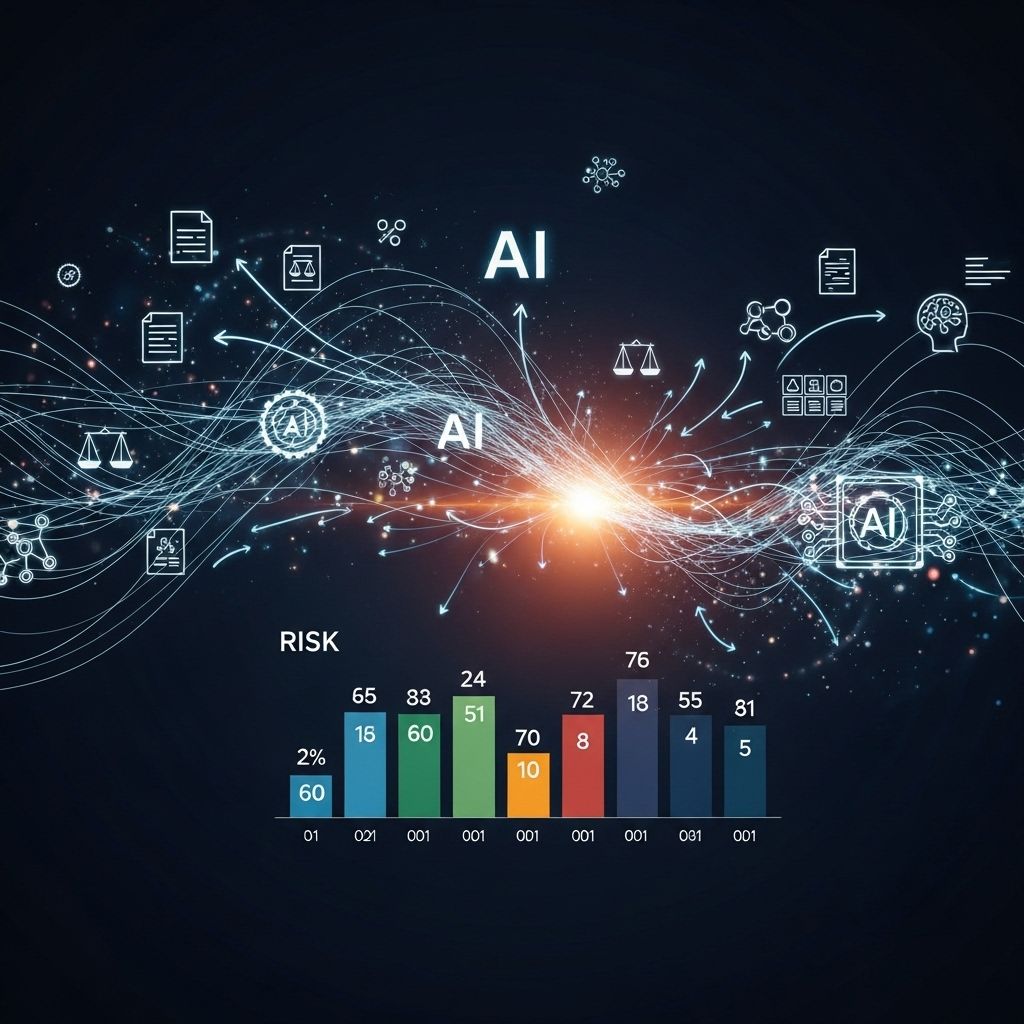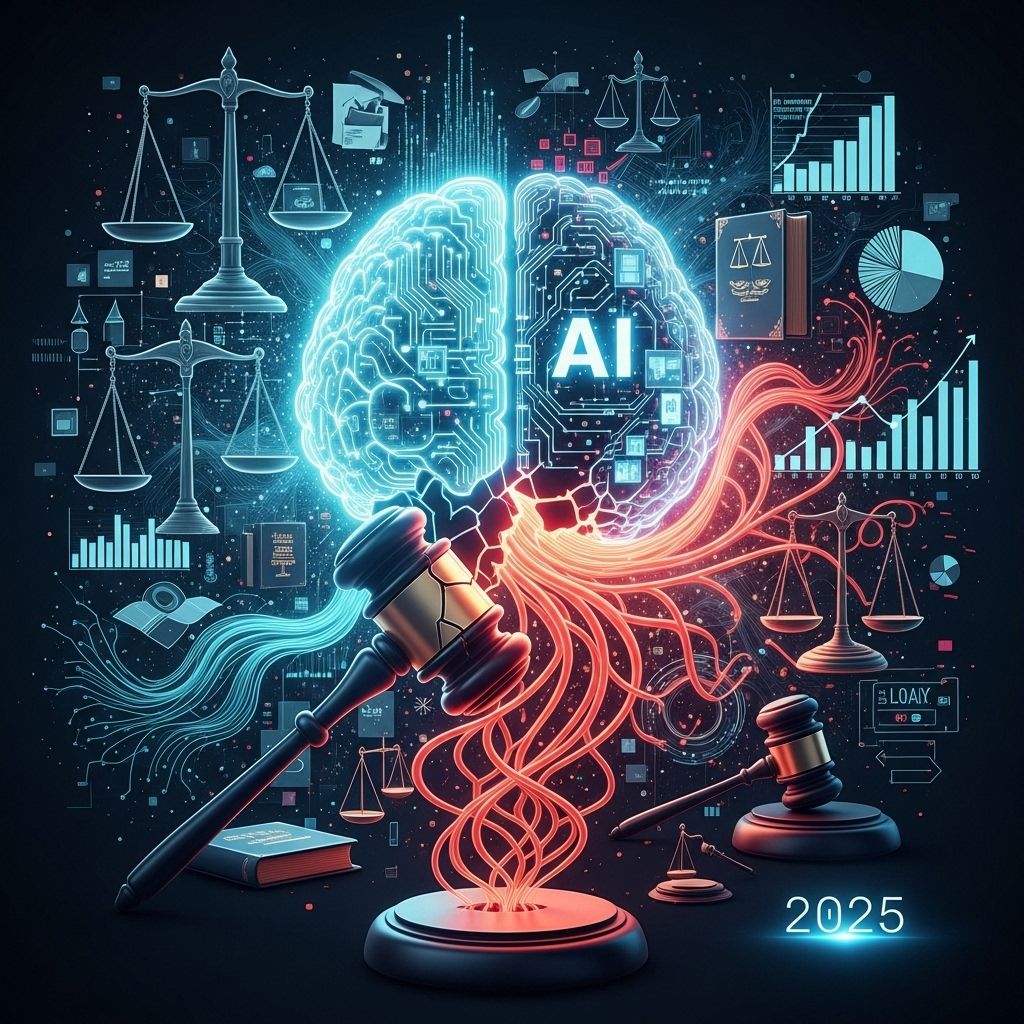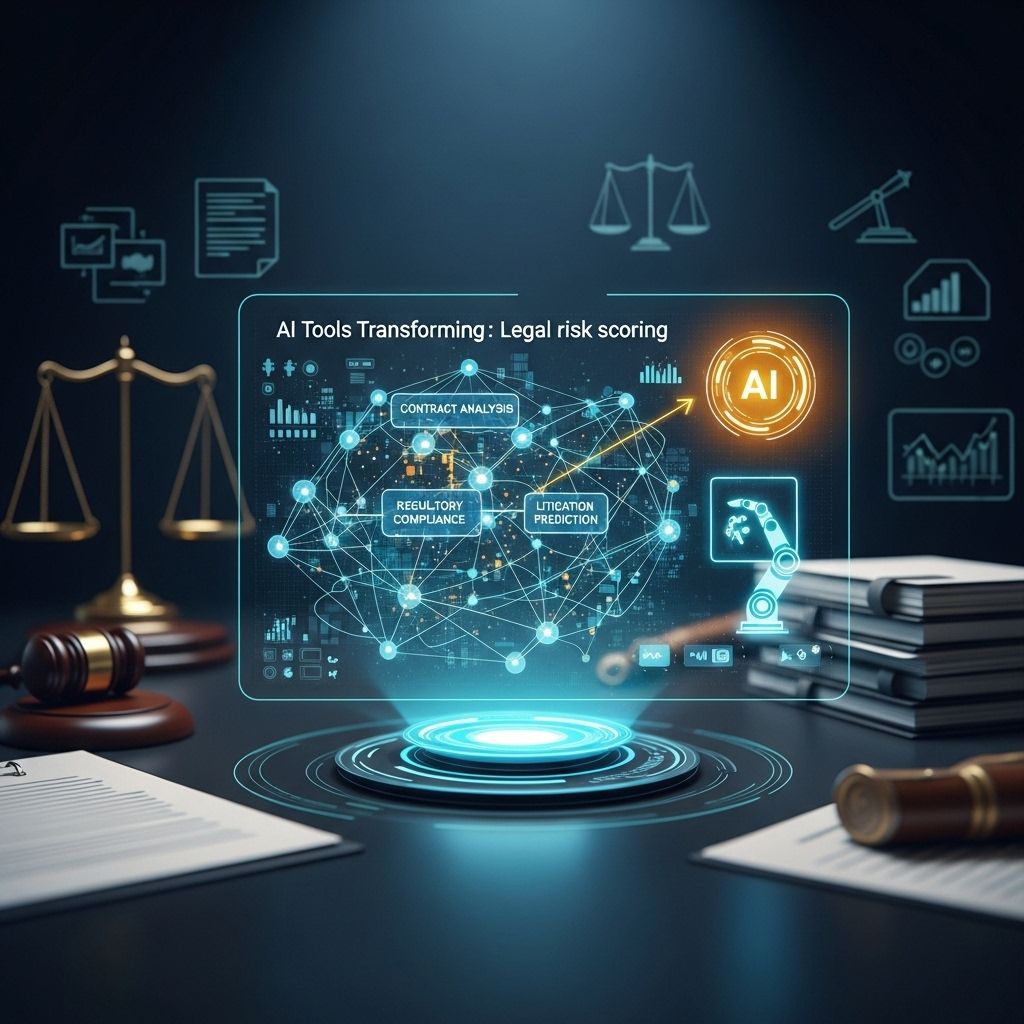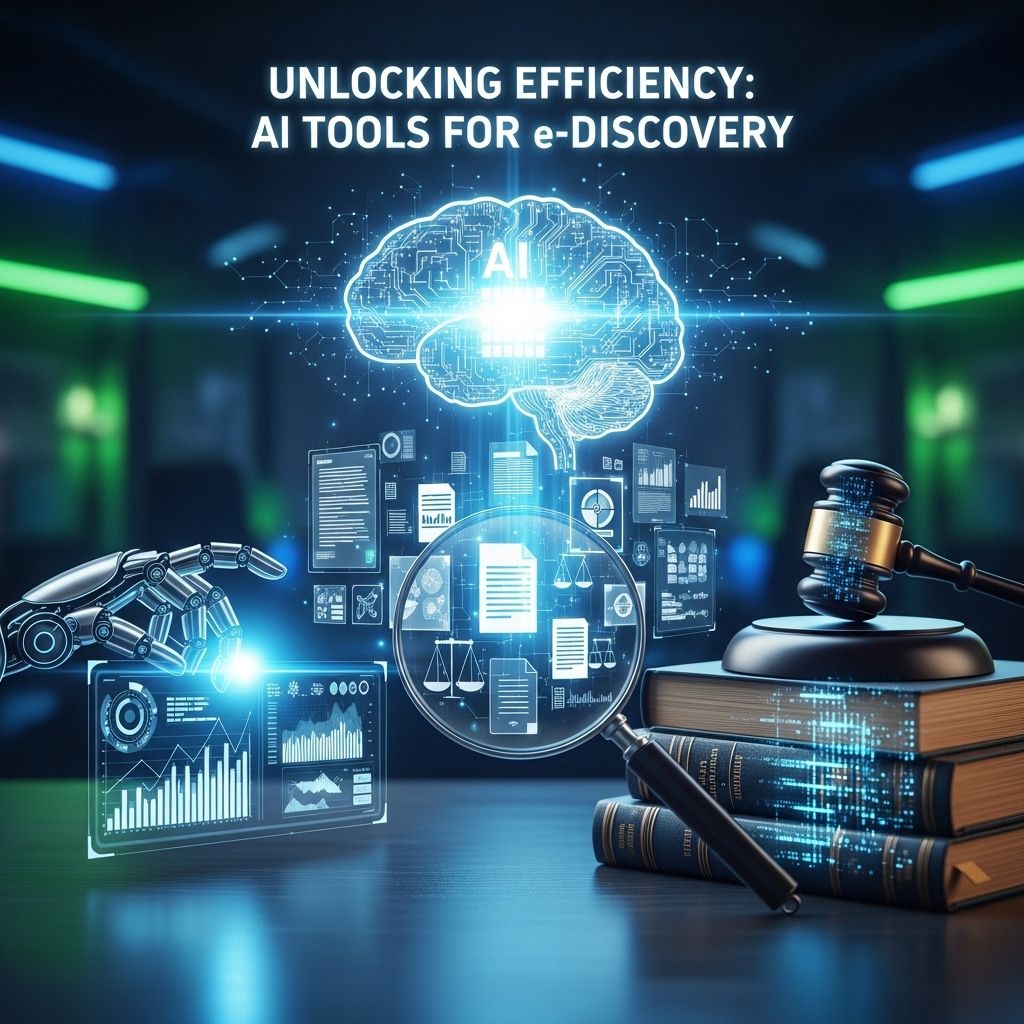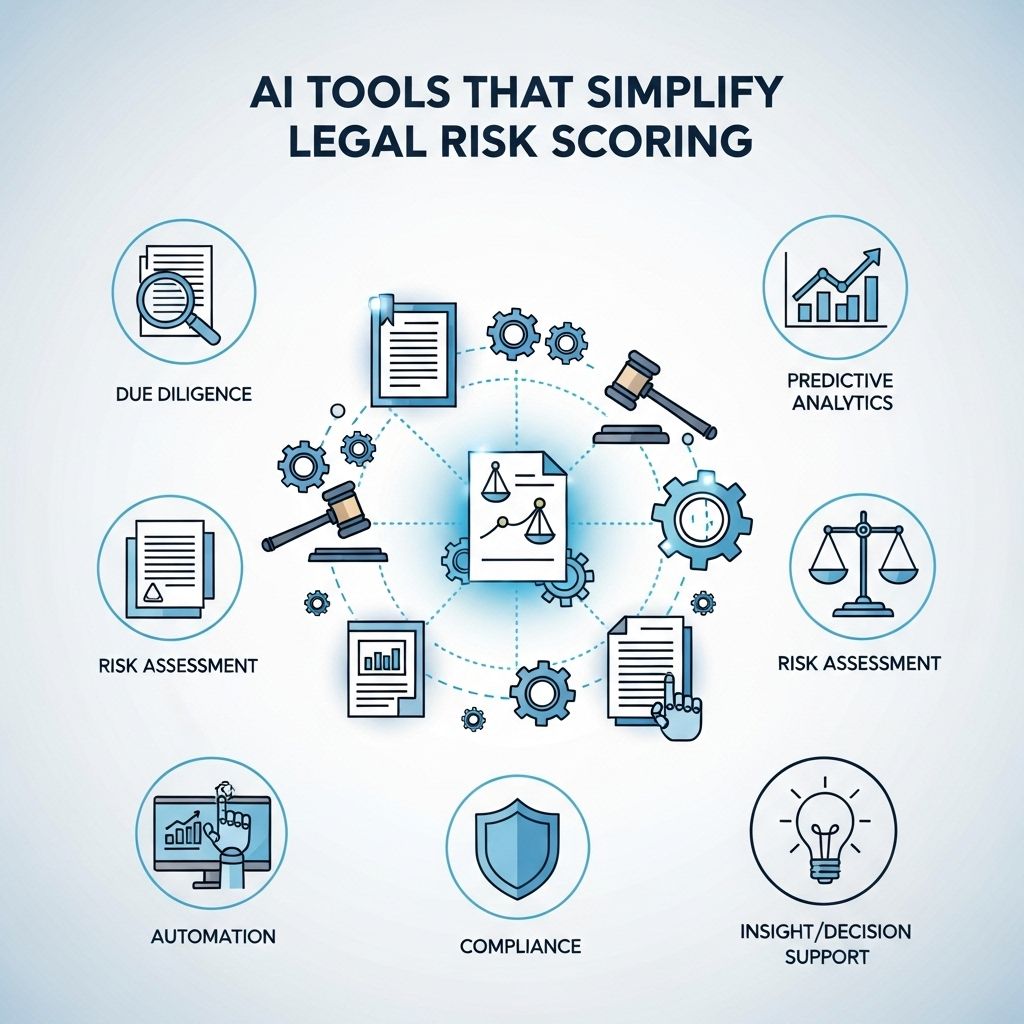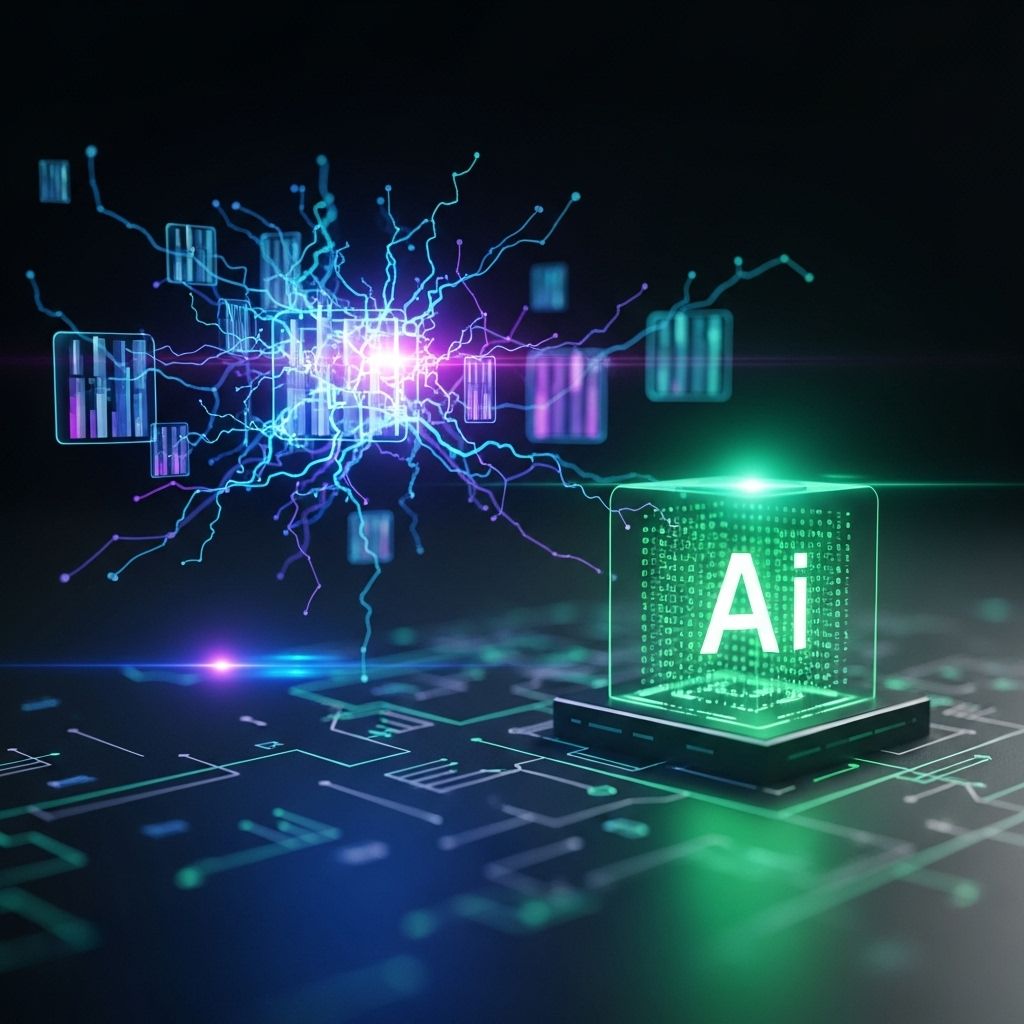Transform Your e-Discovery Process with AI Tools
Explore how AI tools can revolutionize your e-Discovery process, enhancing efficiency and accuracy in legal investigations.
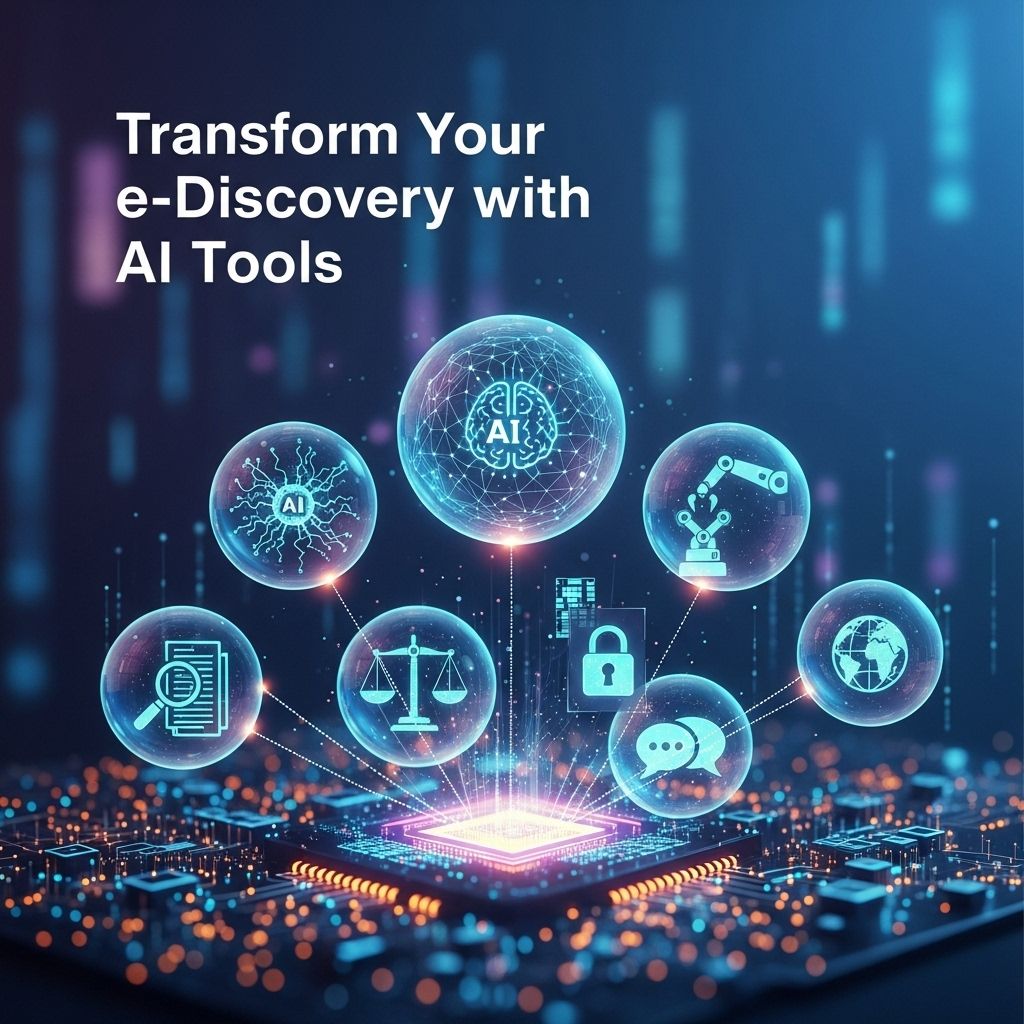
In the rapidly evolving landscape of legal technology, the integration of artificial intelligence (AI) into e-discovery processes is transforming how legal professionals manage, analyze, and interpret massive data sets. The traditional methods of handling electronic evidence can be incredibly time-intensive and prone to human error. However, AI tools are changing the game by automating many of these processes and enhancing the overall efficiency and accuracy of e-discovery.
Table of Contents
The Importance of E-Discovery in Modern Litigation
E-discovery, or electronic discovery, is the process of identifying, collecting, and producing electronically stored information (ESI) in response to a legal request. As the volume of digital data continues to grow exponentially, the significance of effective e-discovery practices becomes even more critical. Here are some reasons why e-discovery is essential in today’s legal landscape:
- Increasing Data Volume: Legal professionals are inundated with vast amounts of data originating from emails, social media, cloud storage, and other digital platforms.
- Cost Efficiency: Automating e-discovery processes reduces the need for extensive human labor, lowering legal costs significantly.
- Speed of Processing: AI tools can sift through huge datasets in a fraction of the time it would take a human being, expediting the discovery process.
- Enhanced Accuracy: AI algorithms can minimize human error, leading to more reliable and defensible results.
How AI Enhances E-Discovery
AI tools utilize advanced algorithms and machine learning techniques to streamline various aspects of e-discovery. Below are some key functionalities that AI brings to the table:
1. Predictive Coding
Predictive coding, also known as technology-assisted review (TAR), is an AI-driven process that allows legal teams to prioritize documents for review based on their relevance to a case. Here’s how it works:
- The AI system is trained using a sample set of documents that are manually reviewed by legal professionals.
- As the AI learns from these examples, it begins to identify patterns and categorize documents accordingly.
- Once trained, the AI can evaluate the entire dataset, flagging documents that are likely relevant while filtering out those that are not.
2. Natural Language Processing (NLP)
NLP is a branch of AI that focuses on the interaction between computers and human language. In e-discovery, NLP is used for:
- Document Classification: Automatically categorizing documents based on their content.
- Sentiment Analysis: Understanding the emotional tone of communication (e.g., emails) to provide context.
- Keyword Extraction: Identifying key terms and phrases that may be relevant to the case.
3. Data Visualization
AI tools can transform complex data sets into visual formats, enabling legal teams to better understand the relationships and patterns within the data. Common visualization techniques include:
| Visualization Type | Description |
|---|---|
| Heat Maps | Show areas of high density of certain keywords or documents. |
| Graphs | Illustrate relationships between different data points. |
| Dashboards | Provide a real-time overview of key metrics and findings. |
Challenges of Implementing AI in E-Discovery
While the benefits of AI in e-discovery are significant, there are also challenges that legal professionals need to navigate:
1. Data Privacy Concerns
Handling sensitive client information raises ethical and legal questions that must be addressed when implementing AI tools. Organizations need to ensure compliance with data protection regulations such as GDPR and HIPAA.
2. Accuracy and Reliability
Although AI can enhance accuracy, it is not infallible. Legal professionals must continually validate AI outputs to maintain the integrity of the discovery process.
3. Resistance to Change
Some legal professionals may resist adopting AI tools due to fears of job displacement or a lack of understanding of how these tools work. Training and education are essential to overcome this barrier.
Best Practices for Integrating AI into E-Discovery
To successfully leverage AI tools in e-discovery, consider the following best practices:
- Conduct Thorough Research: Investigate various AI tools available in the market and select those that best fit your firm’s needs.
- Involve Stakeholders: Engage all relevant parties, including IT teams, legal staff, and compliance officers, in the implementation process.
- Provide Training: Offer training sessions to familiarize team members with the AI tools and their functionalities.
- Continuous Monitoring: Regularly assess the effectiveness of AI tools and make necessary adjustments based on feedback and performance metrics.
Future Trends in AI and E-Discovery
The future of e-discovery is closely tied to advancements in AI technology. Some trends to watch for include:
1. Greater Integration of AI with Blockchain
As blockchain technology gains popularity, its integration with AI tools could enhance data security and transparency in e-discovery processes.
2. Increased Use of Cloud-Based Solutions
Cloud-based AI solutions offer flexibility and scalability, making them attractive options for legal firms looking to streamline their e-discovery processes.
3. Enhanced Collaboration Tools
AI will likely improve collaboration between legal teams and clients, facilitating more efficient communication and data sharing.
Conclusion
Embracing AI tools in e-discovery is no longer a luxury; it is a necessity for law firms seeking to remain competitive in a digital-first world. By understanding the capabilities and implications of these technologies, legal professionals can enhance their workflows, reduce costs, and ultimately deliver better outcomes for their clients. As the field continues to evolve, staying informed and adaptable will be key to harnessing the full potential of AI in e-discovery.
FAQ
What is e-Discovery and how does it work?
e-Discovery refers to the process of identifying, collecting, and producing electronically stored information (ESI) for legal proceedings. It involves various stages, including data identification, preservation, analysis, and review.
How can AI tools enhance the e-Discovery process?
AI tools can streamline the e-Discovery process by automating data analysis, improving search accuracy, and reducing the time and cost associated with manual document review.
What are the benefits of using AI in legal research?
Using AI in legal research can lead to faster case assessments, more accurate legal findings, and the ability to uncover relevant precedents and information that may be missed during manual searches.
Is AI in e-Discovery cost-effective?
Yes, implementing AI tools in e-Discovery can significantly cut costs by reducing the hours spent on document review and minimizing the risk of human error.
What types of AI technologies are used in e-Discovery?
Common AI technologies used in e-Discovery include machine learning, natural language processing, and predictive coding, all of which help in sorting and analyzing large data sets efficiently.
How secure is AI-driven e-Discovery?
AI-driven e-Discovery tools are designed with robust security measures to protect sensitive information, including encryption, access controls, and compliance with data protection regulations.

